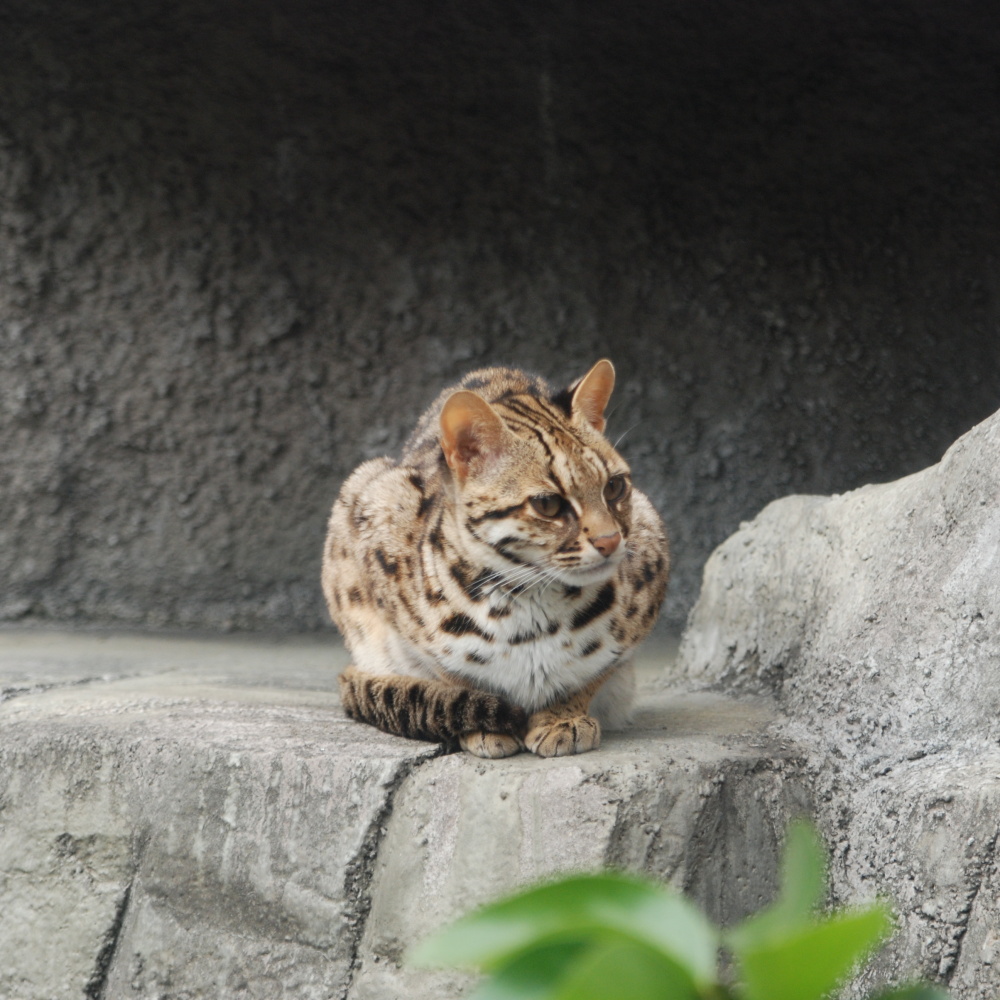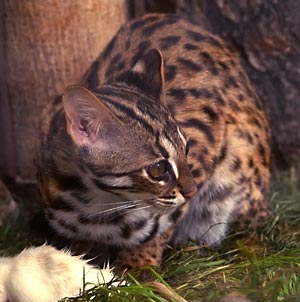Bengalcats: Special velvet paws
Many adults as well as children like cats.
Bengalcats don´t only differ from other cat races because of their looks, but also because of their personality. Of course it´s important to say, that every cat is different and same applys for Bengalcats. However, Bengalcats are very attentive, curious and playful.
These special cats are very clingy and attached to human beings.
Other, than many other cat races, Bengalcats really like to be, where, as many humans as possible are. They love the excitement and are interested in everything new.
Even water can´t scare them away. It is quite the opposite, as soon as they can hear a tap running, the cats come over to see what´s happening. Furthermore, they are very gentle and can enjoy to be cuddled. However, with this race everybody should be aware, that these animals are very . Lots of playtime is a must for every Bengal and they will claim it. Because of their intelligence, they are perfect for some Clicker-Training.
Wildly colored fur, fits with the active personality
Not only the personality but also their fur is different, from other cats. With the colors brown-beige (Black tabby), the Bengalcat looks like, a little Leopard. But Bengalcats also exist in white (Lynx, Sepia, Mink), black without drawing,de (Black) and silver (Black silver tabby). And even the spots can vary. The spots are usually clearly visible and are a contrast to the rest of the fur. But there are also spots, that don´t look like those of a Leopard. Marble (Marble) Bengalcats have much larger spots, that are wider and cover the body in big parts. Furthermore, the white variety also has problems with the retina, at least in most cases. So, you shouldn´t judge a book by its cover.
The origin of the Bengalcats
Bengalcats are still very young, when seen as an independent race.
Only since 1999 does the Bengalcat exist as a registered race and has to fulfill regulations.
Die Urform der Bengalkatze ist die Asiatische Leoparden Katze (ALC).
The ALC is an almost exstinct predator , that lives in Asia.
But as early as 1963 Americans started to experiment with hybrids between ALC and normal pet cats.
In the 80s, the Bengalcat started to appear more often at catshows, until it was finally recognized as its own race.


Quelle: Wikipedia
The Wildcat itself
The habitat of the ALC is mainly in south-- Eastasia.
Bengalcat is in general also the name of the wild predator, but since mix ups with the pet cat occur more and more often, the wild cat is now called ALC. ALC´s are often double the size of a pet cat and have long legs and a thin body. Outstanding, when looking at the ALC are the large, and round eyes. The color of the fur can also range from brown, to orange.
The Generations of the Bengalcat
The ancestors of the original form are called Foundation Bengalcats (F1 – F4) .. Die Generationen (F) F1 bis F4 sind nahe an der Wildkatze und unterliegen daher besonderen Bestimmungen. F1 means, that the father or a mother is an ALC, crossed with a Bengalcat. The special thing is, that all the male ancestors of the F1 are sterile. That´s why only males of later generations can be used for breeding. Because of the genetic proximity to the wild cat, F1 to F4 cats don´t count as normal pets. Anybody who wants a cat from those early generations, has to have a certificate of general knowledge about the race, as well as an inside and outside cage (Germany). Having those early generations living in the house is not recommended, because predators are predators and they can become dangerous at any time. From generation F5 onwards, the cats count as domesticated. However, Bengalcats should be kept inside the house and ahould only have access to the outside in a secure cage.